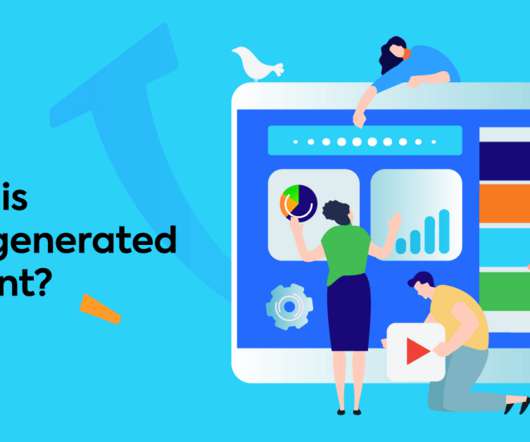The Neuroscience of Gamification in Online learning
Growth Engineering
APRIL 7, 2016
When we are engaged in a strong narrative, the brain releases oxytocin – a chemical that generates feelings of trust and empathy. Gamification helps deal with cognitive overload. If the cognitive load is too great, the learner could miss information, resulting in incomplete training. Games teach work skills.















Let's personalize your content